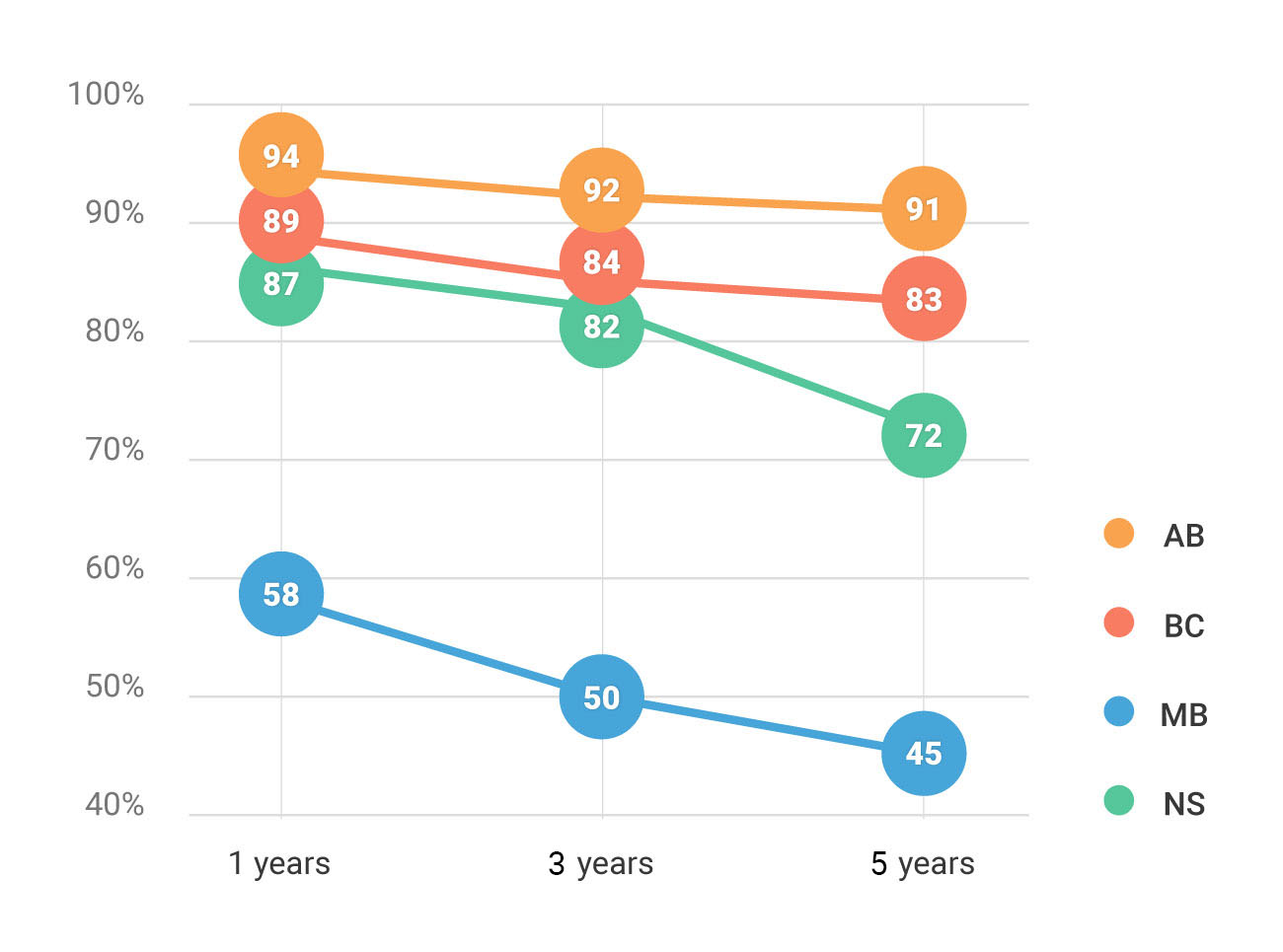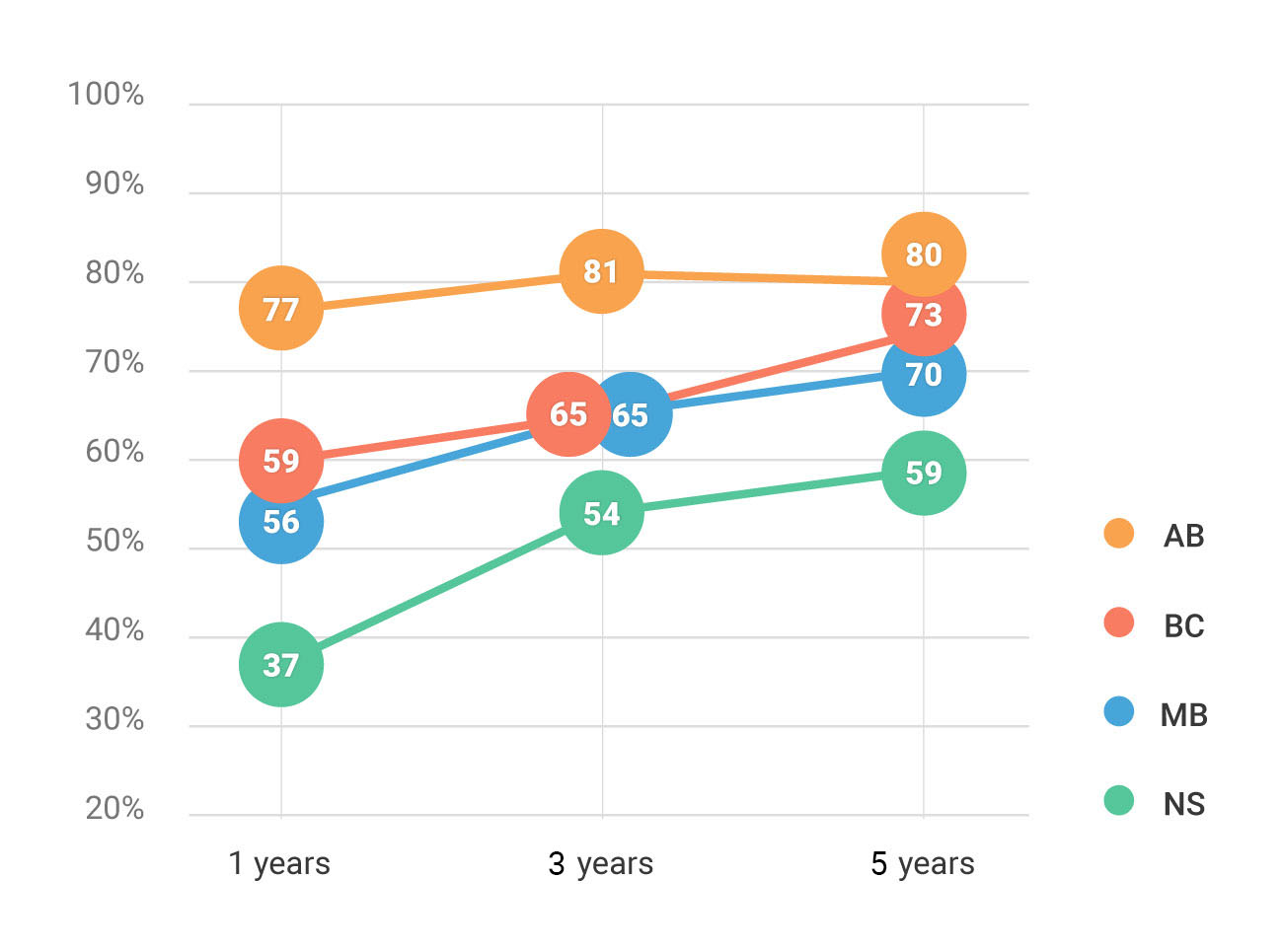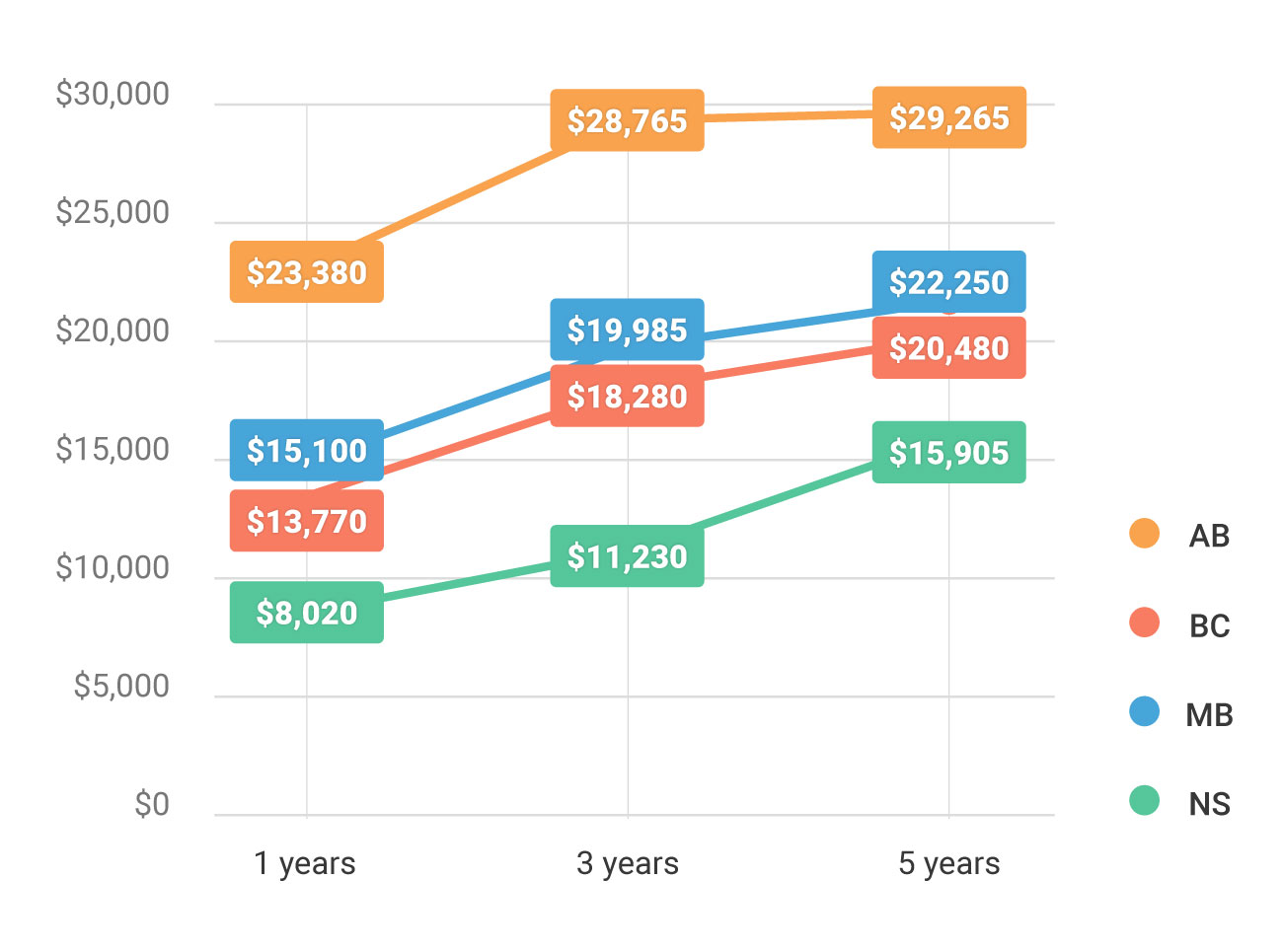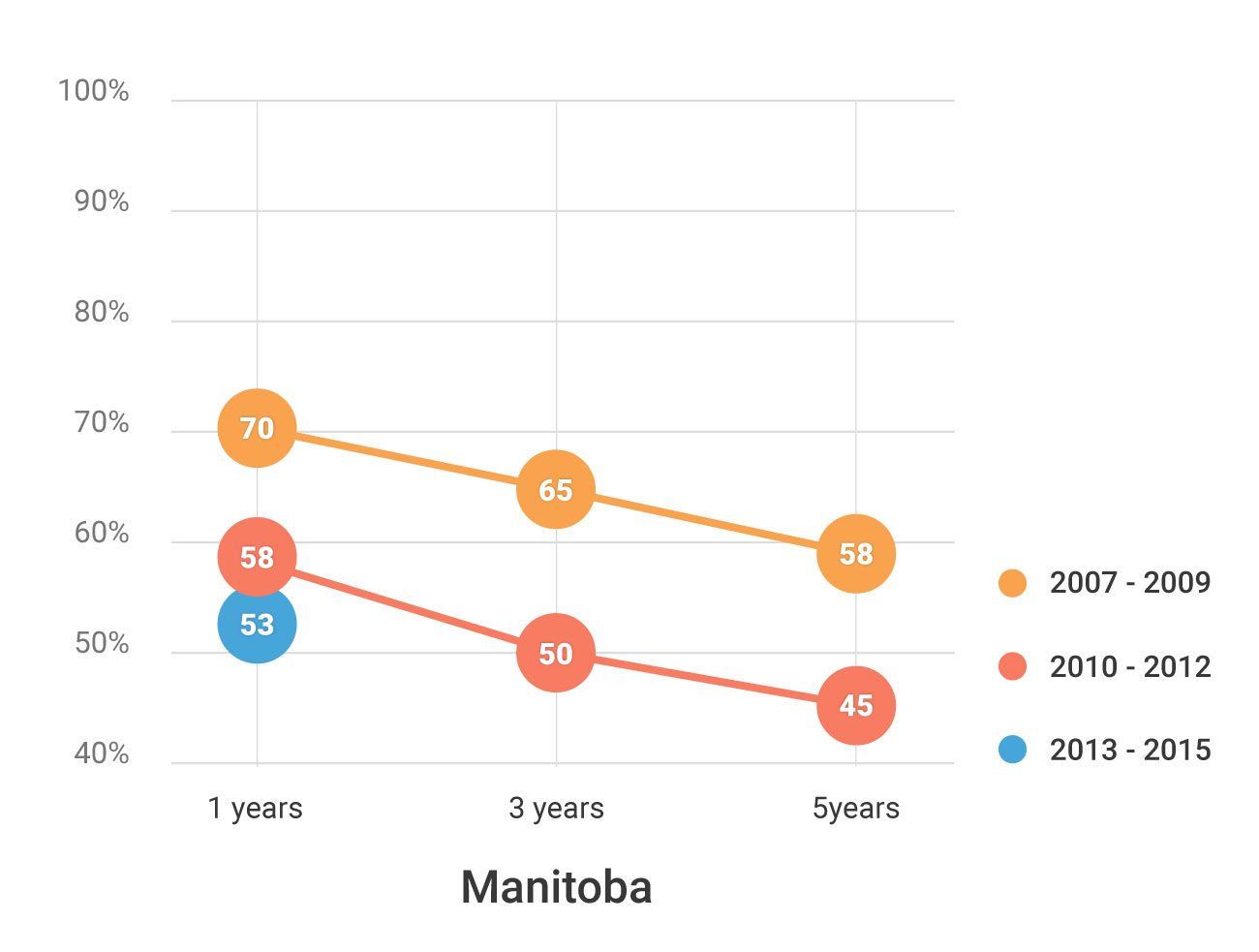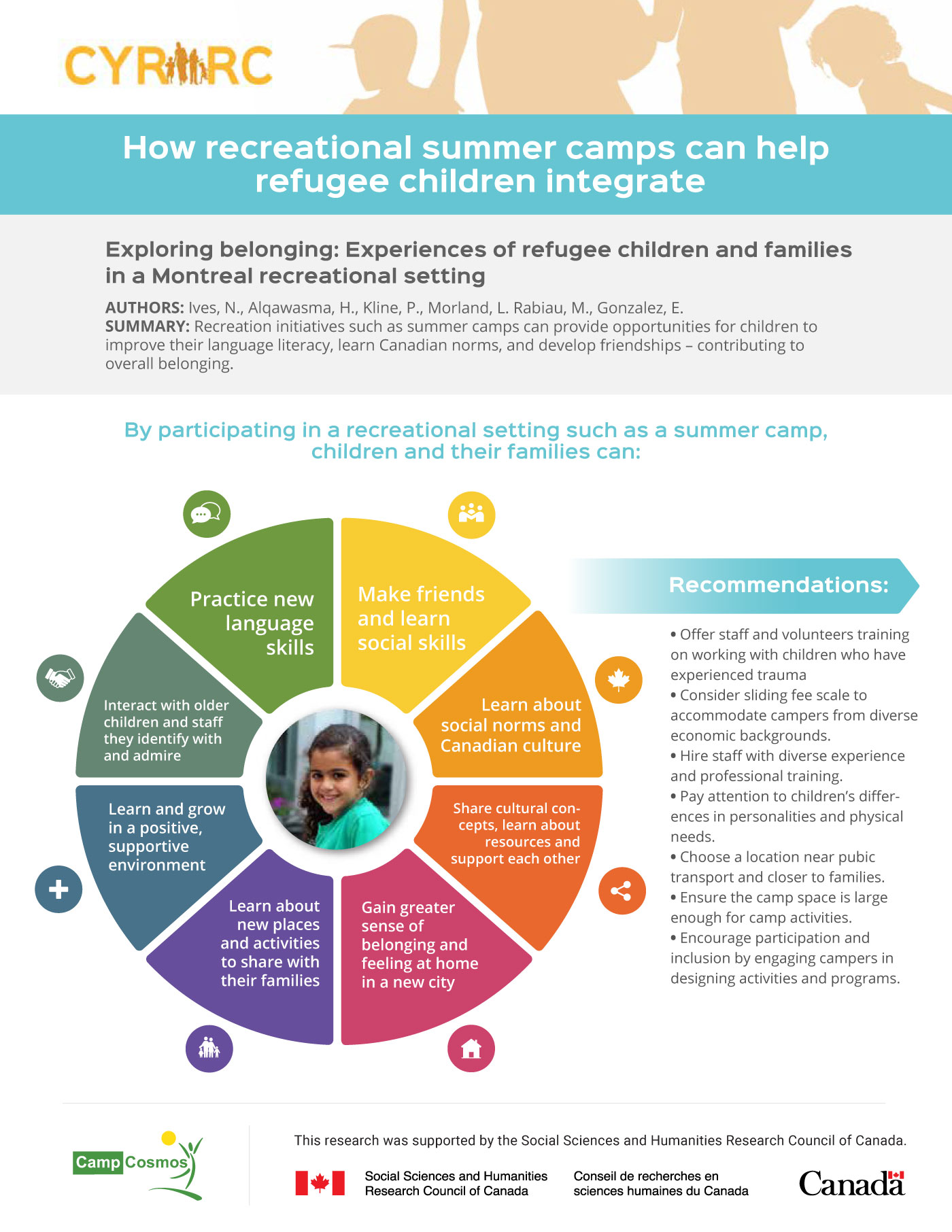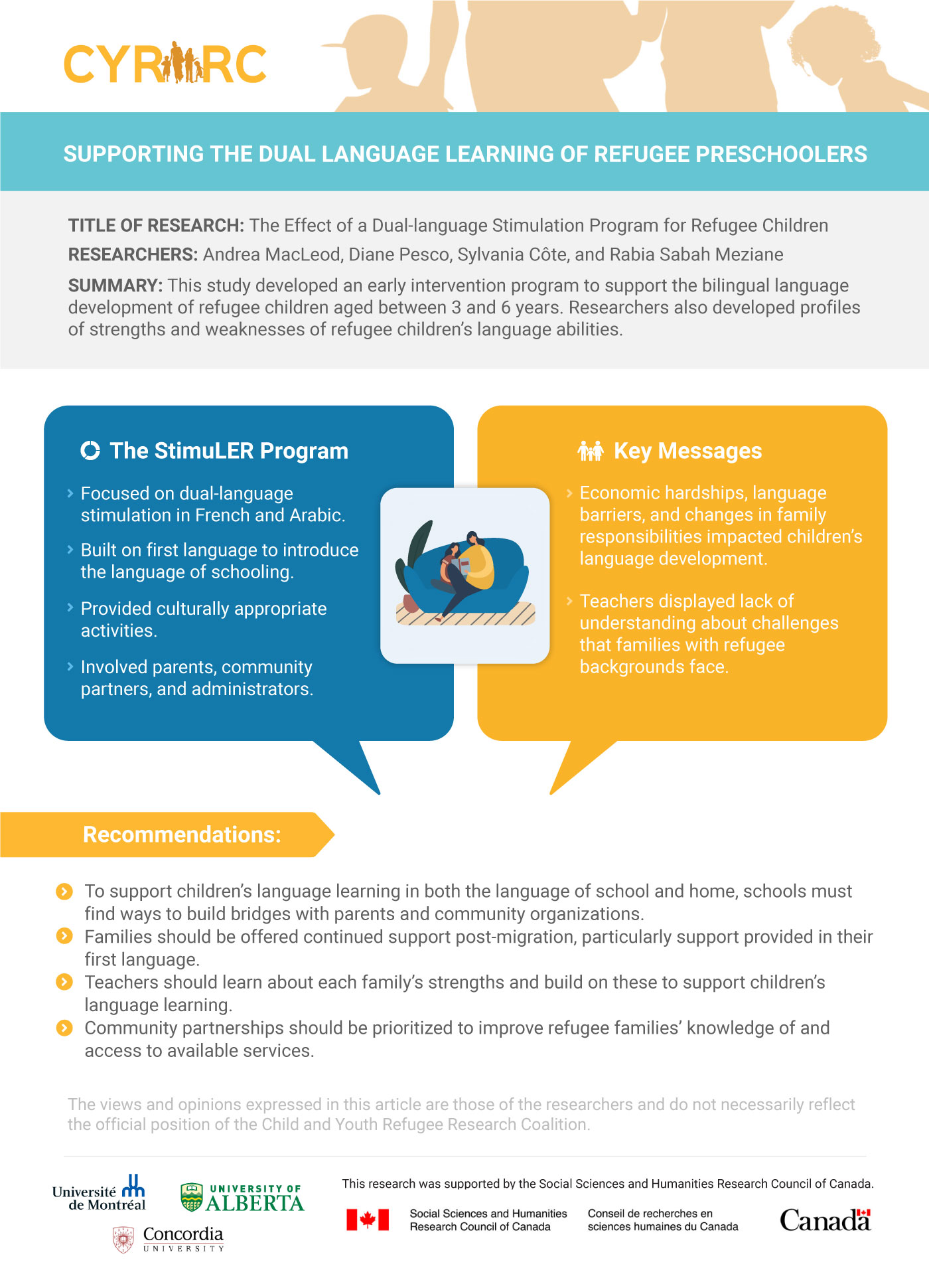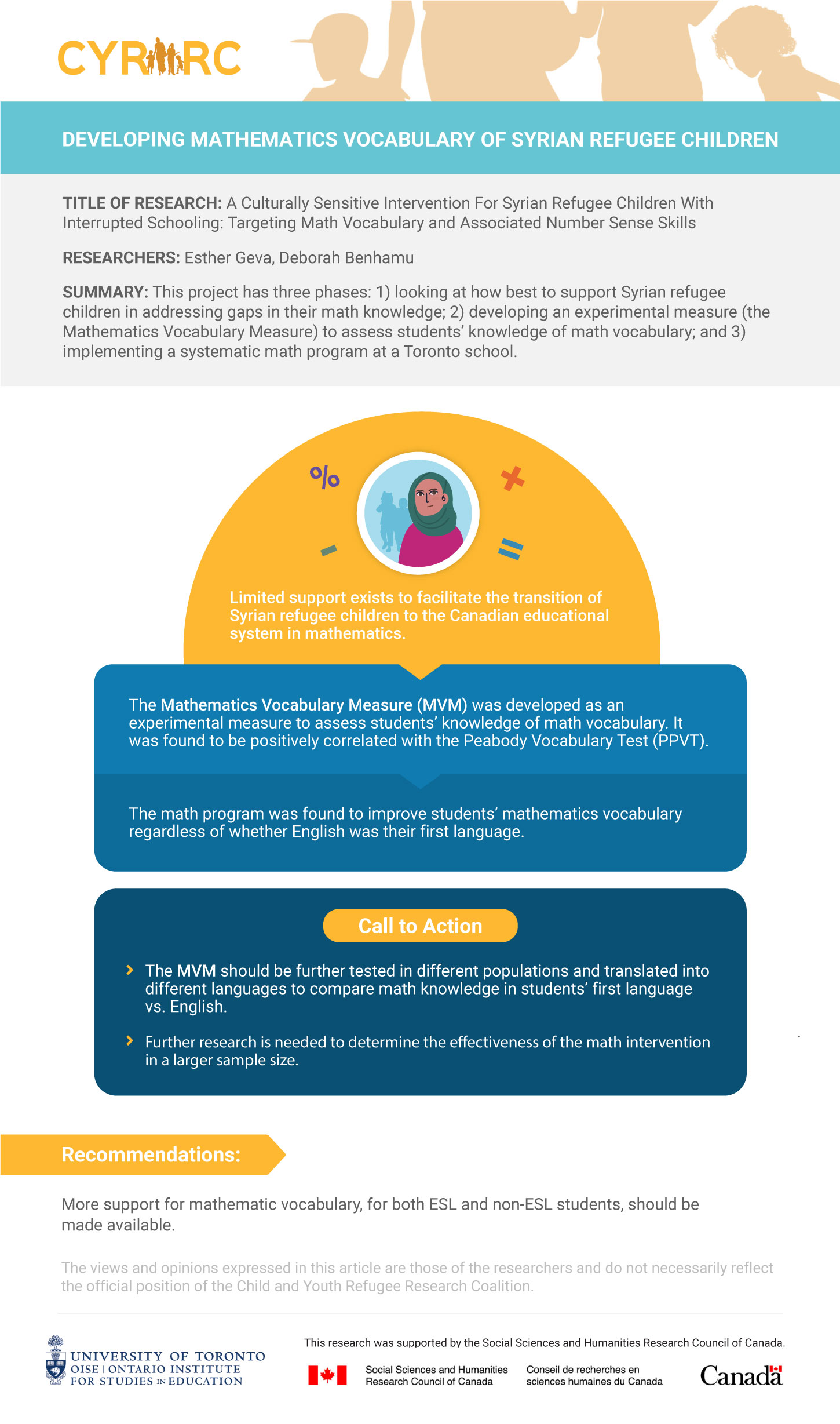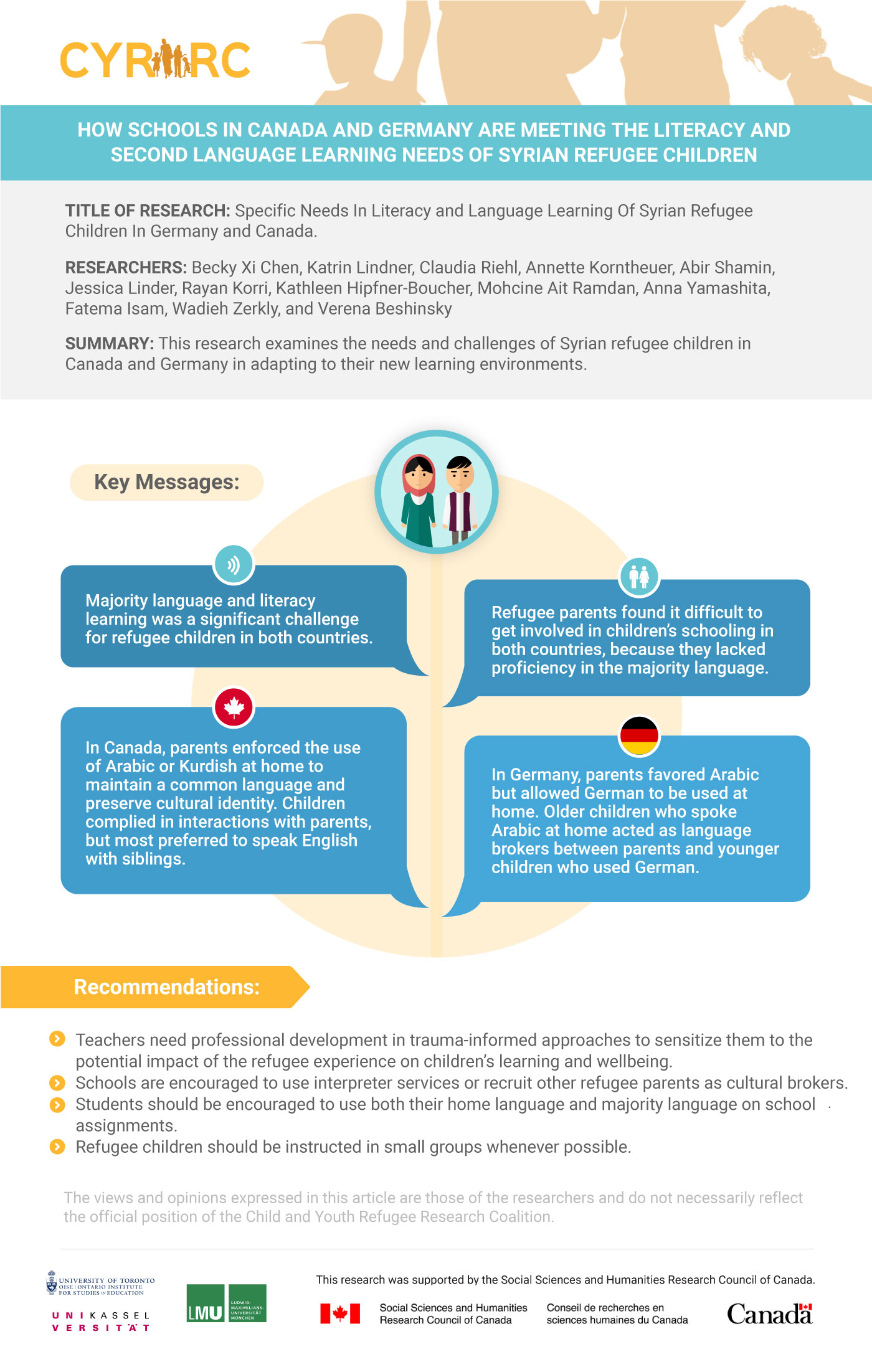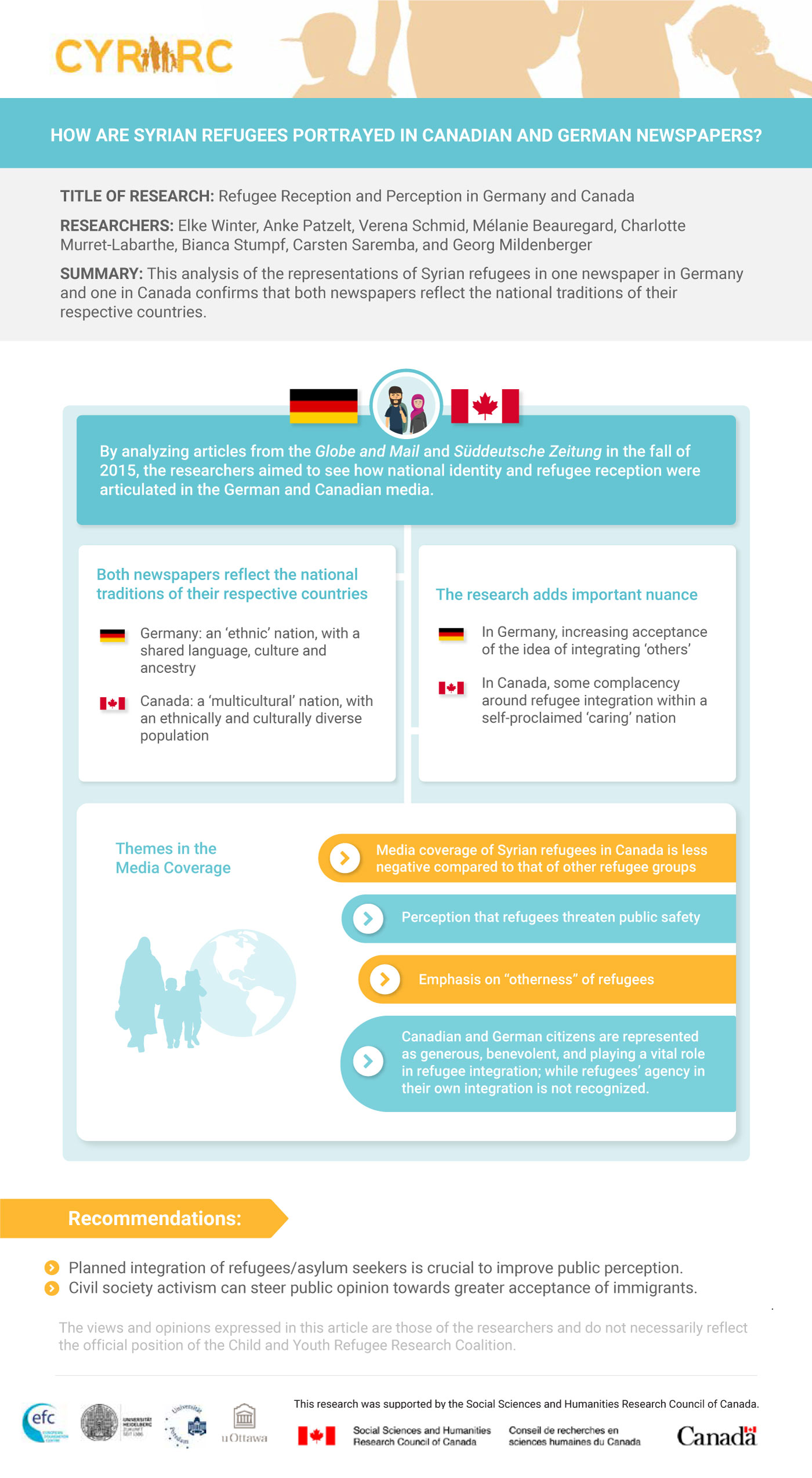Data
CYRRC researchers Yoko Yoshida, Jonathan Amoyaw, and Rachel McLay used Statistics Canada’s Longitudinal Immigration Database (IMDB) to investigate refugees’ economic outcomes and retention rates.
Yoko Yoshida explains how to use Statistic Canada’s interactive visualization tool as part of a presentation at BC Refugee Hub’s Webinar on Refugee Research – National and Local Perspectives.
The full presentation, “Do refugees stay in the place they arrive?” can be found on the CYRRC website.
Information about the IMDB and how to use it can be found at our website.
Economic outcomes & retention rates in 4 provinces: BC, Alberta, Manitoba & Nova Scotia
Data Aggregation by Yoko Yoshida, Jonathan Amoyaw, and Rachel McLay
Refugee retention rates are highest in Alberta.
Of all the refugees that landed in Alberta from 2010 to 2012, 91% were still in the province 5 years later. More refugees remained in Alberta than in BC, Manitoba, or Nova Scotia 1 year, 3 years, and 5 years after arrival.
High retention rates could be due to Alberta’s high economic outcomes.
Alberta consistently shows the highest refugee employment rate and median income. After just one year, 77% of those who arrived to Alberta in the 2010-2012 cohort were earning employment income.
Overall, refugees’ economic outcomes improve over time.
In BC, Manitoba, and Nova Scotia, refugee employment rates increased in the 5 years after landing. In all the provinces studied, refugees’ median employment incomes increased with length of stay, suggesting that economic outcomes of refugees improve the longer they stay in a province.
Manitoba’s refugee retention rates are declining.
Manitoba’s refugee retention rate is the lowest of the four provinces studied, and is decreasing over time. Refugees arriving in the 2010-2012 cohorts have a much lower retention rate than those who arrived in the 2007-2009 cohorts.
Retention rates are low despite good economic outcomes in Manitoba.
Manitoba’s refugee retention rate is significantly lower than BC’s, even though refugees in Manitoba have similar employment rates and a higher median income than those in B.C.
What else, beside economic factors, accounts for this trend?
Conversely, Nova Scotia has good refugee retention despite low economic outcomes.
Among the provinces studied, Nova Scotia has the lowest employment rate and median employment income for refugees, but not the lowest retention rate.
What, if not economic reasons, is keeping refugees in this province?
Economic outcomes aren’t the whole picture when it comes to refugee retention.
Many factors impact refugees’ decision-making about where to settle, including family and friends, education, community supports and resources, and more.
While economic opportunities and factors do play a role in refugees’ decision to stay or leave the province in which they first land, other factors are clearly also at play.


